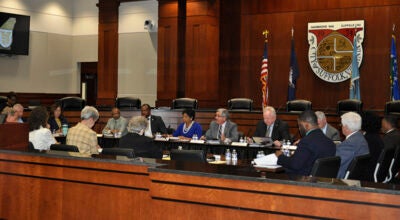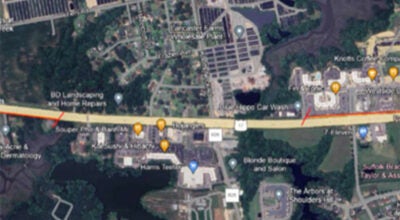School Board approves capital plan
Published 9:33 pm Monday, September 24, 2018
Suffolk’s School Board voted 6-1 to approve the Capital Improvements Plan presented by school division staff at its Thursday evening meeting.
The Capital Improvements Plan that was presented by Director of Planning and Facilities Terry Napier was almost identical to the one presented last year, but a few project timelines have been adjusted due to new priorities.
Northern Shores Elementary School would receive 12 additional classrooms to replace its mobile units under the plan.
City Council originally approved the plan in 2017 to begin its design phase during the 2018-2019 fiscal year, but the project was delayed due to new priorities, according to the school division’s Executive Director of Finance Wendy Forsman.
The school division is now pushing for the project to begin the design process during the 2019-2020 fiscal year, because the need for more space is crucial.
“Northern Shores is severely overcrowded. Now it is our feeling that we can’t wait any longer,” Napier said.
Unfortunately, the addition only alleviates the current situation and does nothing for any future overcrowding. Napier knows the future overcrowding is inevitable due to the growth of the northern part of the city.
“This is not going to help with future growth, because we don’t know what that growth will be. Our immediate concern is getting students inside the building now,” Napier said.
While the Northern Shores project is being bumped up, the new John F. Kennedy Middle School is getting a new course as well.
In last year’s presentation of the Capital Improvements Plan, the school division presented the design phase to begin in the 2019-2020 fiscal year, but the plan has been pushed to the 2020-2021 fiscal year.
It is unclear if City Council will approve the change, because last year the council approved the project to happen in the 2022-2023 fiscal year.
Construction costs have gone up for most projects on the list.
“It’s due to the escalation in the material in labor prices. It goes up every year, and it’s about two to three percent a year,” Napier said. “The projects won’t cost what they cost this year in 10 years.”
Just like in every capital plan, the first few top priorities are still capital replacements — HVAC, roof systems, stormwater drain and infrastructure — and hazardous materials management.
The totals of these two stay steady at $2.5 million and $75,000 respectively. City Council usually approves these priorities as they are presented.






